Marketing automation = emails.
Right?
Well yes. But there’s so much more.
Which is fortunate, considering it’s never been more difficult to reach customers through email.
The competition’s higher. But email providers themselves are introducing new ways and methods to do everything in their power to limit the amount of promotional messages that reach a person’s inbox.
That’s great news for consumers. But terrible for marketers.
The good news, is that there’s a plethora of other available alternatives to combine with your marketing automation tactics.
Here are four to start using this week.
Is There Life After Email?
Marketing automation can deliver an unbelievable 451% new qualified leads and 34% increase in sales.
A big reason is because it successfully delivers the Holy Trinity of right message, right person, and right timing.
Despite the promising potential though, 85% aren’t happy with their execution.
And I’m willing to bet that part of it is due to our over-reliance (as marketers) on email.
Email is king. Was, king.
It used to generate $38 for every $1 spent. It still destroys Facebook and Twitter by 40X in acquiring new customers.
But today we’re becoming inundated by it.
Trillions of emails are being sent. It’s only a matter of time before you start receiving 140 on a daily basis!
The ‘graymail‘ we all send doesn’t help.
It’s being picked off today by powerful machine learning algorithms that instantly detect whether your message will hit someone’s inbox, end up in the Promotions graveyard, or be rejected altogether.
Today the hardest part isn’t sending email, but getting the damned things delivered in the first place.
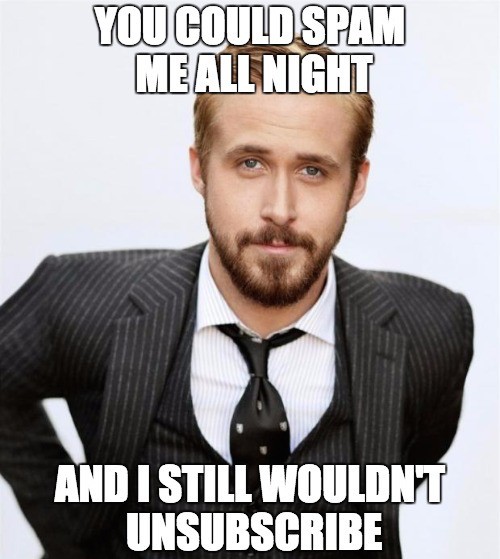
Email’s still obviously powerful, but consumer behavior has evolved past just emails as well.
Multi-channel, multi-device shopping is now the norm. The customer journey isn’t a linear, one-off process.
That’s why it can take you over 13+ touches before someone purchases something.
So a single newsletter isn’t good enough. A single automated workflow of emails ain’t gonna cut it either.
Instead, we need to think beyond email and look for ways to incorporate other channels (and other tools or techniques) so that we can touch (in a strictly G-rated way) customers as much as possible, wherever they are.
Here are four.
1. Behavioral-Influenced Live Chat
Live chat is the top choice for consumer’s preference of support channels, with 79% preferring it over email and phone because of its immediacy.
It’s efficient, resolving most problems in only 42 seconds. And people like it because they don’t have to wait around on hold (or worse, try and get through an impenetrable phone tree).
But let’s be honest with each other for a second:
Live chat used to suck.
It was ‘static’ and dumb; giving you like-a-whole-IP’s-worth of knowledge about the person you were speaking too. Maybe a first name too (if it wasn’t fake).
The good news is that the times have evolved a bit.
With new options like Drift and Intercom, live chat (and the broader trend – messaging) has been transformed into a living, breathing communication channel that can power some pretty amazing stuff.
For example, Drift reports that their customers are able to start conversations with around 7-20% of their website visitors now.
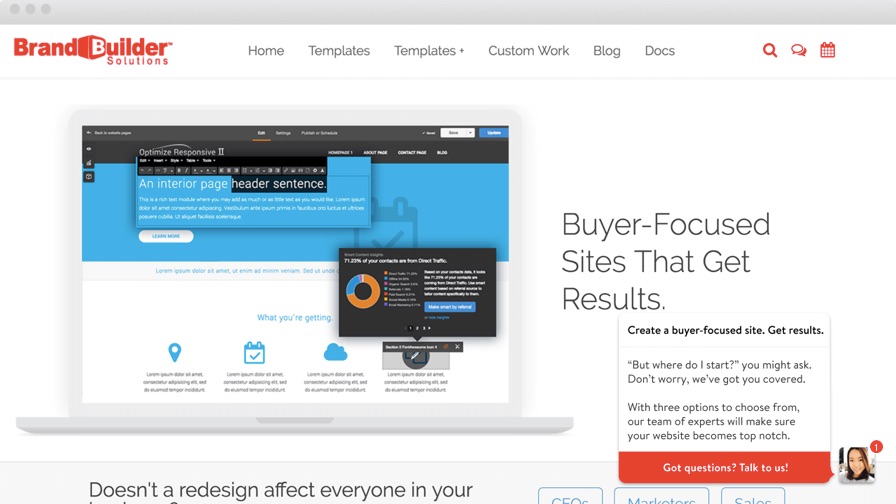
Today these systems are more like a blend between lead generation (getting visitor’s attention and interaction), marketing automation (reacting and responding differently depending on who’s viewing it), and customer service (answering basic sales or support questions).
New techniques like machine learning and artificial intelligence are being applied, allowing you to route or trigger messages to specific people based on key events.
That means you can tailor one message or conversation for a new visitor on your pricing page, differently than a long-term customer whose entire website and app visit history you can see. These triggers (and auto-saved replies) can be applied on a number of different criteria like their:
- Website activity (pages viewed, etc.)
- Visit frequency (and number of pages viewed)
- Location and language
- Previous conversations with your team members
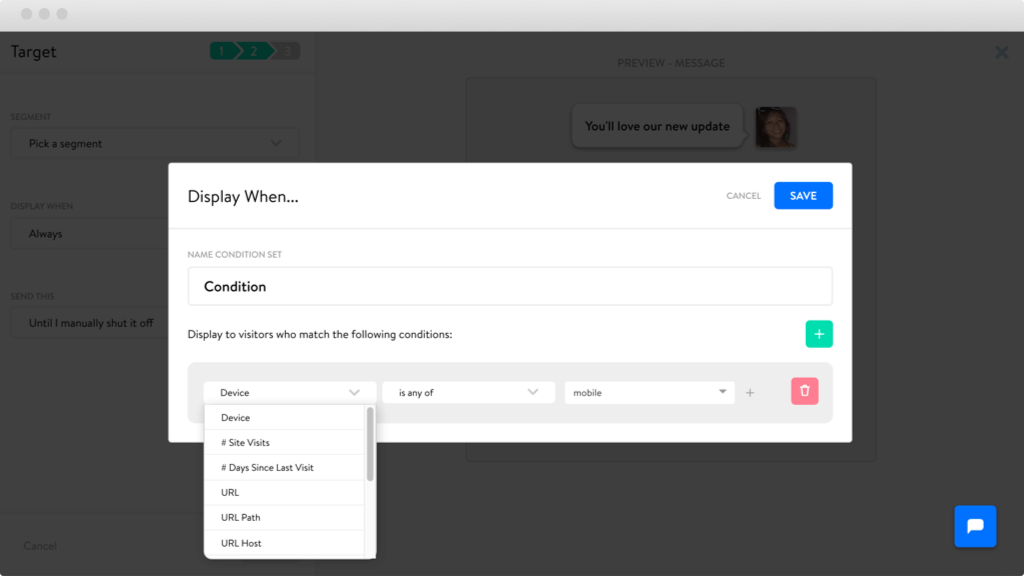
And the best part is that they’re beginning to provide a deeper integration with other automation tools like HubSpot.
So you can use live chat and interaction responses someone provides to kick off workflows that can run a series of other events, like sending out emails, or even text messages.
Which brings us to the next tactic.
2. Proactively Follow-Up with SMS
Email open rates continue to fall precipitously to a depressing average of 15-25%.
Contrast that with SMS open rates, which are closer to 99%!
Even more interesting is that more than a third of business people reported that they “couldn’t go 10 minutes without responding to a text”. (Which kinda makes sense when you think about your own texting behaviors.)
Part of the reason for its high success rate is because it hasn’t been completely abused (yet) like email. Only 38% of contact centers in one study reported to using SMS.
Some of the savviest organizations are now using texting in their normal onboarding or sales process to boost response rates.
For example, your typical email-based marketing automation sequence kicks off after a form is filled out. I literally just started working on one yesterday:
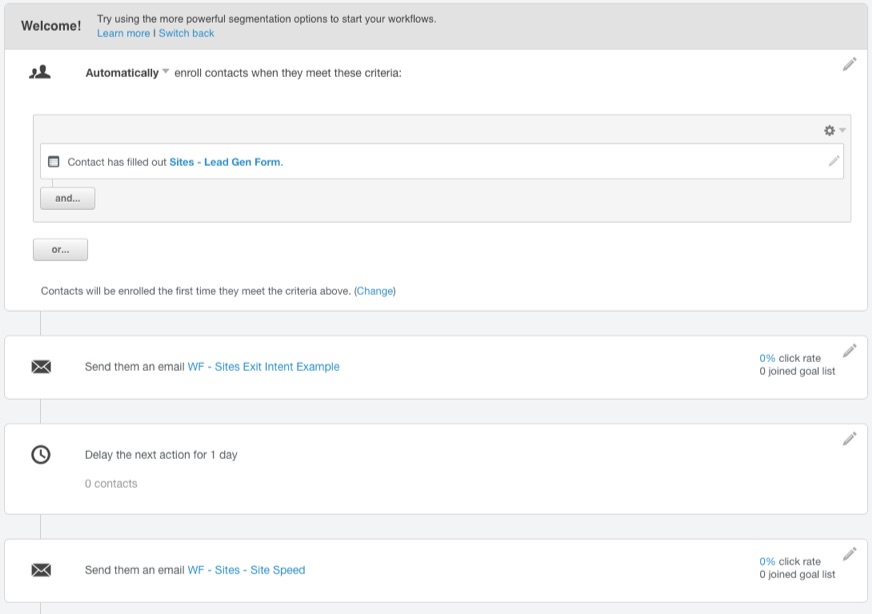
But while doing some research for a client, we came across one company that started replacing (and augmenting) some of these automated emails with instant text messages.
For example, after filling out a form on their PPC landing page your phone instantly lights up, buzzs, and says:
They followed up, and pre-sold the phone call (trying to increase the % of people who opt-in to accepting the first phone call).
Of course, like terribile prospects, we didn’t answer the phone call. So here’s what we received:
This is a textbook marketing automation example, where you use conditional IF/Then statements to create different response workflows based on actions they DO or DON’T take.
But they’re just substituting less declining channels (like email) with more responsive ones (like SMS and phone).
The SMS infancy was used for basic one-off messages (like limited time promotions or discounts) and your basic support or notifications.
However now, providers like TextMagic and Twilio (as we saw with live chat tools a second ago) are morphing into a ‘smarter’ option that includes the ability to run lead nurturing campaigns based on different segments of contacts (and where they might be in the overall lifecycle).
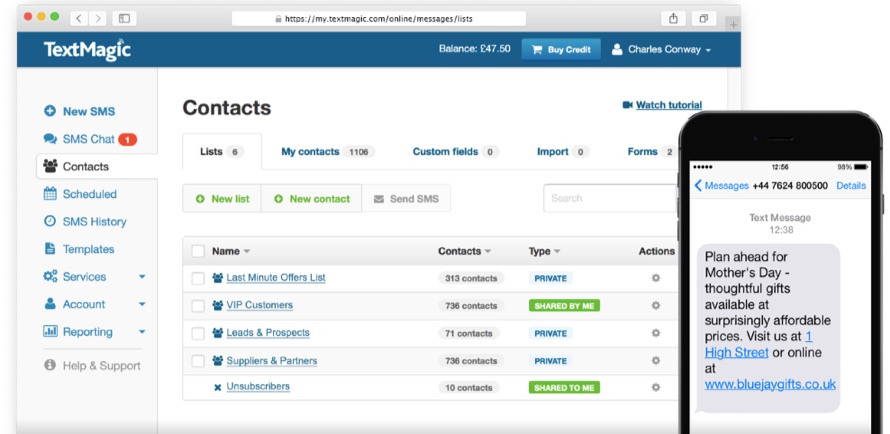
Hell – even Zapier can send SMS messages. And you can do A LOT with Zapier, using hacks like this to create fully-functioning marketing automation sequences with basic, inexpensive software.

3. Drive Engagement with In-App Notifications
Free trials are nice. But they’re just the start.
Because the majority of leads still won’t open their wallet and become a paying customer.
One older study showed that 70% of your free trial-er’s are going to leave. They evaluate a few options, sign up for a free trial (or two), use the product once and then leave forever.
In-app messaging can be an antidote though, allowing you to (again) trigger messages and notifications based on what users are doing (or not doing) inside your app.
In-app notifications are a way to drive engagement, getting people to interact with certain parts of your product (again and again and again) thereby increasing the chances they start paying you and lowering the chances they’re going to churn.
For example, are people using that latest feature you just released last week?
You can create a Funnel Report inside of Kissmetrics to first analyze the number of people who successfully checked out and used that new feature:
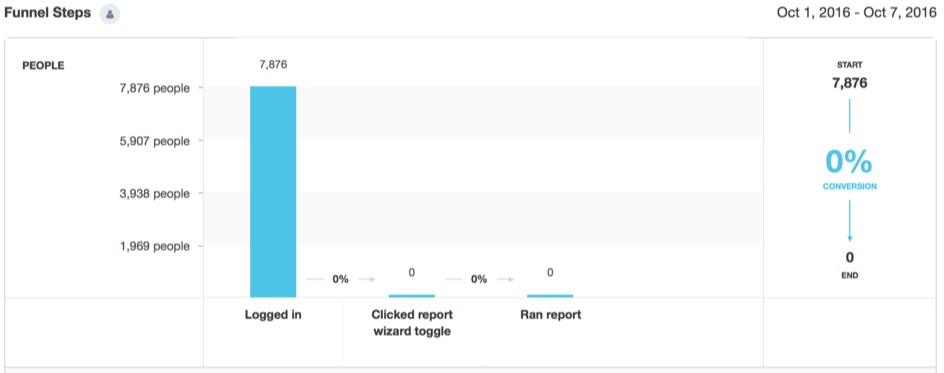
To increase that abysmal number, you can trigger notifications when new users login:
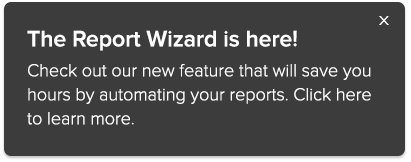
This just scratches the surface of delivery too. Beyond the basic overlay features that can slide in-and-out of the corners of a user’s screen, you can also do full screen takeovers.
You can (and should) send an email. And with someone’s email address, you can even create retargeting campaigns with a Facebook custom audience campaign or send something in the actual mail.
4. Go Old-School with Direct Mail
Walk out to your mailbox right now.
Go ahead, I’ll wait.
Open it up, and retrieve the junk inside.
Honestly – it’s probably junk. Coupons and other assorted direct mail pieces that are inexplicably still sent in this age of digital.
Apparently, there’s a reason. The USPS – like, the post office – did a study that showed 60% of direct mail recipients will ALSO visit a website being promoted on the piece.
Turns out, there’s some method to the madness as direct mail can provide an interesting way to sidestep the cluttered battleground that is your prospect’s inbox.
Even old school tactics like direct mail are getting treated to an overhaul, courtesy of players like Lob that allow you to trigger new campaigns through an API.
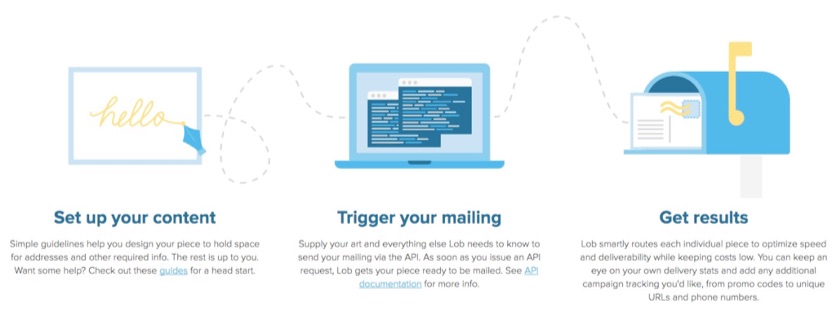
You supply all the content and creative ahead of time, and allow them to manage the headache of creating, coordinating and delivering each piece automagically.
You can use custom referring domains to track when new site visits occur based on offline activities. And you can use custom 800-numbers and set-up tools like CallRail (through their convenient Kissmetrics integration) to manage notoriously difficult phone calls.
Conclusion
The question isn’t, “Email, or…”. But “Email, and…”.
It’s still effective, to a point. But it needs help. The competition for attention inside an inbox continues to increase, and email service providers are becoming increasingly stingy on what they let in their pearly gates.
Consumer behavior has also evolved, so the days of converting leads and customers off a single email (or any single-channel event for that matter) are long gone.
Today, it takes a multifaceted messaging approach for our multi-device, multi-channel world.
You should still send automated emails – absolutely.
But you should also be coordinating those activities with what people are doing on your website, inside your app, and strategically reaching them on-the-go when possible too.
About the Author: Brad Smith is a founding partner at Codeless Interactive, a digital agency specializing in creating personalized customer experiences. Brad’s blog also features more marketing thoughts, opinions and the occasional insight.
from The Kissmetrics Marketing Blog https://blog.kissmetrics.com/nurture-customers-with-different-channels/
No comments:
Post a Comment